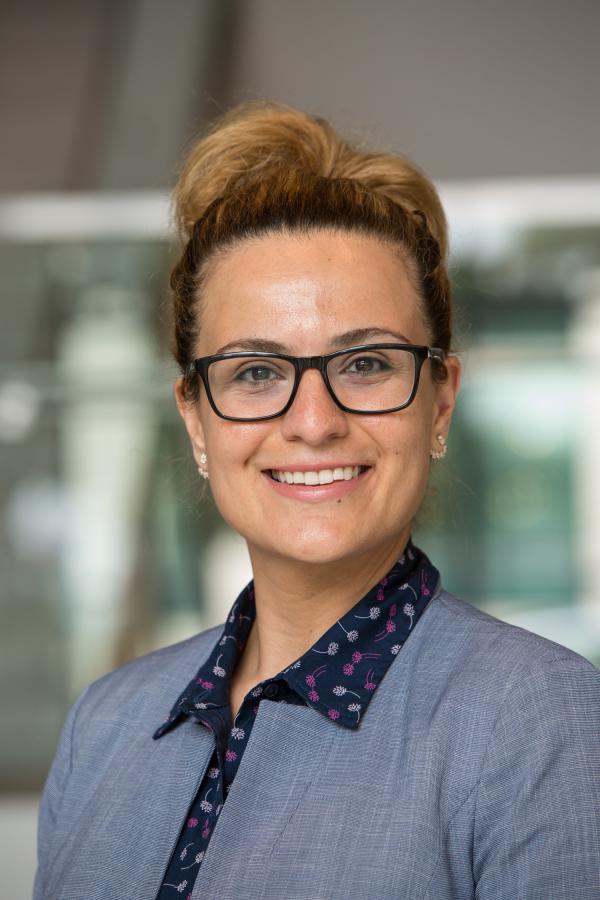Overview
Studying cognitive performance after forced migration among a group of Syrian refugees that live inside and outside a refugee camp in Jordan.
The world now has more refugees than after World War II. Jordan is the third largest resettlement country for Syrian refugees. Older refugees are one of the most vulnerable groups at risk of mental and cognitive disorders.
Project Details
Methods
This cross-sectional study describes different mental and cognitive performance profiles of Syrian refugees in Jordan by sampling those who live inside and outside the largest Syrian refugee camp in the world. We will look into risk factors and correlates especially psycho-social ones that may explain the different cognitive performance profiles.
- Estimate the rates and profiles of Post Traumatic Stress Disorder (PTSD), other psychiatric comorbidities and compare cognitive performance in a group of Syrian refugees inside and outside camps.
- Findings can be used to design tailored trauma-focused interventions.
- Inform policies related to in refugees or vulnerable populations
- Better understand the relationship between mental health and brain functioning
- Better understand the effects of war and displacement on brain health
- Used to advocate for the needs of this marginalized group and inform policies and public health interventions
- Hypothesis generating to do future longitudinal analysis
- Results may be generalization to other displaced populations or those who have similar exposures; climate refugees, veterans (similar exposures), etc.
Members involved
Gallery

Tala Al-Rousan at a Syrian refugee camp

Tala Al-Rousan at a Syrian refugee camp



